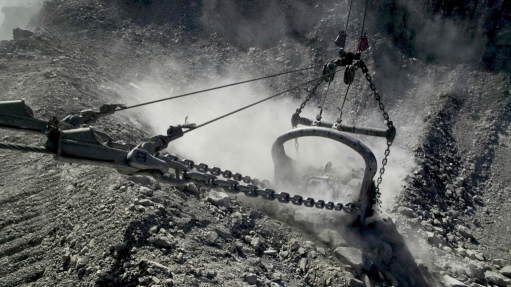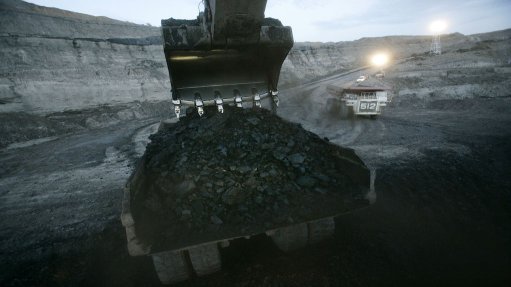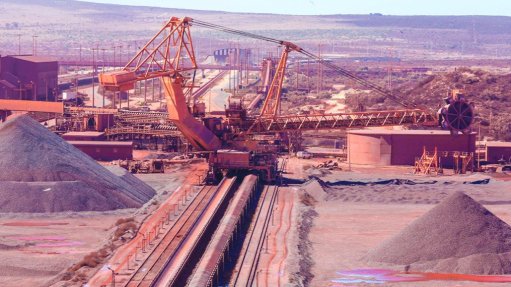What to Do When Your Geyser Bursts
This article has been supplied and will be available for a limited time only on this website.
Few household disasters cause as much chaos as a burst geyser. In a matter of minutes, water can pour through ceilings, ruin carpets and short-circuit electronics. It’s stressful, costly and almost always happens when you least expect it.
But quick thinking in those first moments can limit the damage. Here’s a practical step-by-step guide shared by Kwikot, helping South Africans know exactly what to do when their geyser gives in.
1. Switch Off the Power
Safety comes first. Head straight to your distribution board (DB box) and turn off the circuit marked “geyser”. If it’s not labelled, switch off the main power supply until an electrician can confirm which circuit is which. Water and electricity are a dangerous mix. This simple step prevents further risk of electric shock or fire.
2. Stop the Water Supply
Cutting off the water flow is the next priority once you’ve switched off the power. Every litre that escapes adds to the damage, so the faster you act, the better.
Start by locating the stopcock valve, usually found near the geyser itself, along the supply pipe that feeds into the unit. In some homes, especially newer builds or apartments, it may be positioned outside along an exterior wall or close to the water meter.
Turn the valve clockwise to shut off the flow completely. If the area is unsafe, flooded, or the valve isn’t easily accessible, close your home’s main water supply instead. This is typically located at the boundary of your property, near the street or garden tap.
If you’re unsure where either valve is, take time now to locate them and show other members of your household. In an emergency, every second counts, and knowing exactly where to turn the water off can make the difference between minor damage and major repair work.
3. Drain the Remaining Water
Relieve pressure in the tank by opening the draincock at the bottom of the geyser. Attach a hosepipe to guide the water safely outside. Be cautious as the water may still be hot. Even partial draining helps reduce ceiling damage and makes clean-up easier. If you cannot get access to the geyser then open a few hot taps, this will relieve the pressure too.
4. Record the Damage
Before calling for help, take photos and short videos of the burst geyser, visible leaks and any damaged areas or belongings. Save everything on your phone or cloud storage.
This evidence speeds up insurance claims and helps contractors assess the full extent of the problem.
5. Call Your Insurer and a Licensed Plumber
Once the immediate risk is under control, contact your insurance provider OR registered plumber. A professional will inspect the installation, identify the cause and ensure the replacement meets national standards.
Why Geysers Burst
Understanding what went wrong helps prevent a repeat incident. Geysers are pressurised systems that work hard every day and several factors can cause them to fail over time. The most common include:
1. Age and corrosion:
Inside every geyser is a steel tank that stores hot water under pressure. Over the years, constant heating and cooling cause metal fatigue and rust. If the protective coating wears away or the sacrificial anode (a small metal rod that attracts corrosion) isn’t replaced, the tank eventually weakens and bursts.
2. High water pressure:
Water pressure that’s too high puts excessive strain on the tank and connecting pipes. A faulty or blocked pressure control valve means the geyser can’t release excess pressure, which can cause the cylinder to Start leaking. Homes with fluctuating municipal supply are especially vulnerable to this.
3. Poor installation:
Improper installation, such as incorrect pipe fittings, missing valves, or non-compliance with safety standards, shortens a geyser’s lifespan and can invalidate warranty or insurance claims. It also increases the risk of leaks, overheating, or structural failure.
4. Neglected maintenance:
Even a small drip or rumbling noise can signal a bigger problem inside the tank. Ignoring regular servicing allows minor wear and tear to escalate, eventually leading to a burst. Routine checks catch these warning signs early and prevent costly emergencies.
How to Prevent It Happening Again
A burst geyser isn’t always avoidable, but good maintenance dramatically reduces the risk. A few proactive steps can save thousands in repairs and keep your household running smoothly:
· Service your geyser every 2 - 3 years:
A qualified plumber will inspect valves, seals and electrical connections to ensure everything functions safely and efficiently. Early detection of corrosion or leaks can prevent full system failure.
· Test the pressure control valve regularly:
This valve manages the water pressure entering your geyser. If it’s faulty or clogged, pressure builds up inside the tank. Testing it ensures the system can safely release excess pressure when needed.
· Replace the sacrificial anode when worn:
The anode protects the tank from rust by attracting corrosive minerals in the water. Over time it dissolves and needs replacement. Without it, corrosion attacks the tank walls directly.
· Keep drip trays and overflow pipes clear:
These components direct excess water safely outside during leaks or pressure release. If they’re blocked or incorrectly fitted, water may pool in the ceiling instead, causing damage.
Regular inspections and timely servicing can extend a geyser’s life by years, improve energy efficiency and maintain safety standards, protecting both your home and your peace of mind.
A burst geyser can feel like a small disaster, but it doesn’t have to turn into one. Knowing where your switches and valves are, keeping emergency contacts close and scheduling regular maintenance go a long way towards protecting your home and your peace of mind. Preparation is the difference between a quick fix and a full-scale clean-up.
Article Enquiry
Email Article
Save Article
Feedback
To advertise email advertising@creamermedia.co.za or click here
Press Office
Announcements
What's On
Subscribe to improve your user experience...
Option 1 (equivalent of R125 a month):
Receive a weekly copy of Creamer Media's Engineering News & Mining Weekly magazine
(print copy for those in South Africa and e-magazine for those outside of South Africa)
Receive daily email newsletters
Access to full search results
Access archive of magazine back copies
Access to Projects in Progress
Access to ONE Research Report of your choice in PDF format
Option 2 (equivalent of R375 a month):
All benefits from Option 1
PLUS
Access to Creamer Media's Research Channel Africa for ALL Research Reports, in PDF format, on various industrial and mining sectors
including Electricity; Water; Energy Transition; Hydrogen; Roads, Rail and Ports; Coal; Gold; Platinum; Battery Metals; etc.
Already a subscriber?
Forgotten your password?
Receive weekly copy of Creamer Media's Engineering News & Mining Weekly magazine (print copy for those in South Africa and e-magazine for those outside of South Africa)
➕
Recieve daily email newsletters
➕
Access to full search results
➕
Access archive of magazine back copies
➕
Access to Projects in Progress
➕
Access to ONE Research Report of your choice in PDF format
RESEARCH CHANNEL AFRICA
R4500 (equivalent of R375 a month)
SUBSCRIBEAll benefits from Option 1
➕
Access to Creamer Media's Research Channel Africa for ALL Research Reports on various industrial and mining sectors, in PDF format, including on:
Electricity
➕
Water
➕
Energy Transition
➕
Hydrogen
➕
Roads, Rail and Ports
➕
Coal
➕
Gold
➕
Platinum
➕
Battery Metals
➕
etc.
Receive all benefits from Option 1 or Option 2 delivered to numerous people at your company
➕
Multiple User names and Passwords for simultaneous log-ins
➕
Intranet integration access to all in your organisation


















